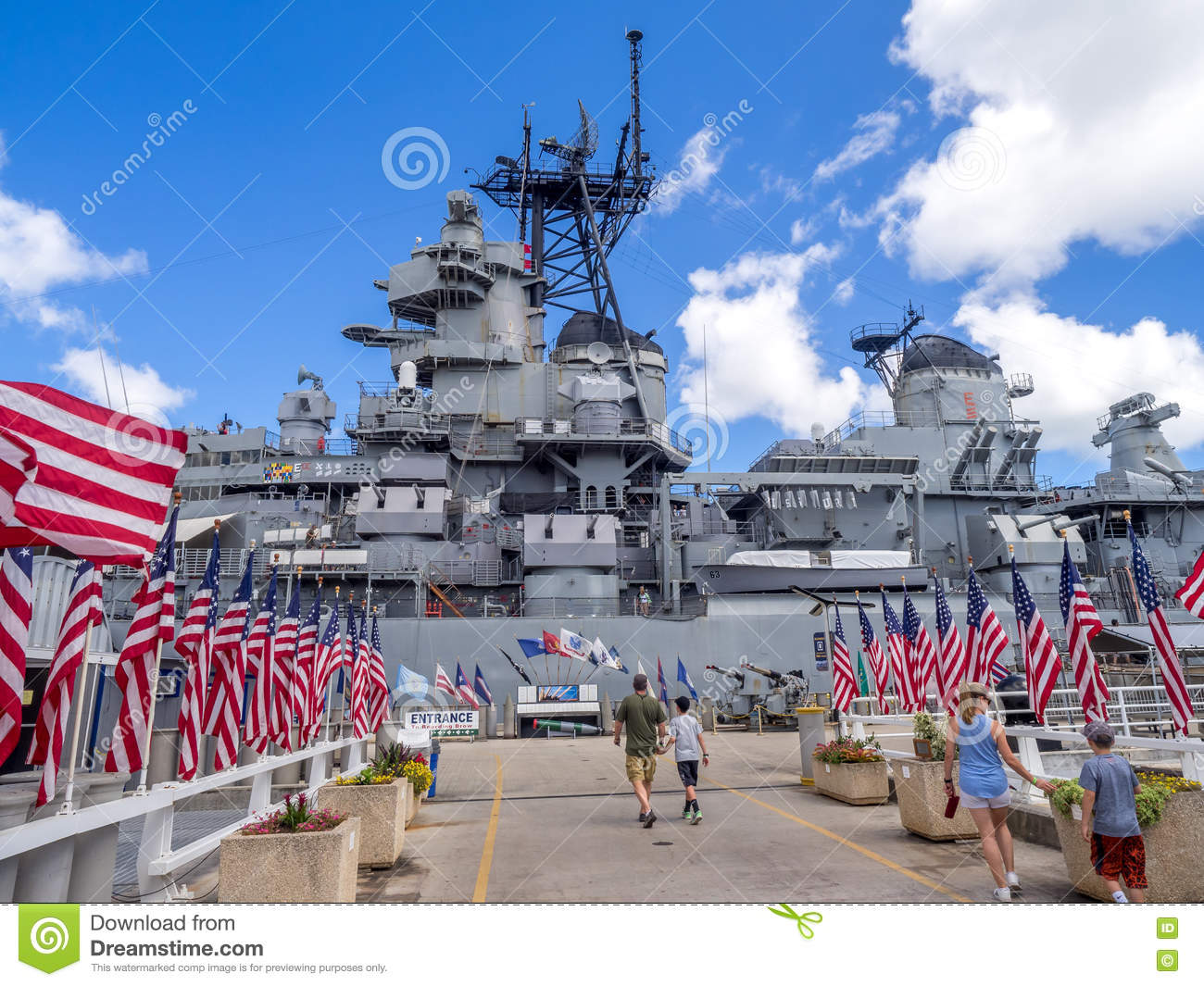
The first "commercial" marque Kaiserliche Marine
A meteor disguised as the Russian cargo ship Imperator Nicholas II sinks the British patrol ship Ramsey. Painting by Walter Zeden. The half-mast Russian flag is noteworthy, but, as you know, the Meteor opened fire under the flag of Kaiserliche Marine.
Passenger ships used by the Germans at the start of World War I succeeded as private ships at the cost of losing all ships that were sunk or interned, but the successful voyage of the privateer minesweeper Berlin, known for its mines (exactly one of that few), sent to the bottom the British great battleship, the superdreadnought Audacious, forced the German command to send another privateer into battle, but this time a rebuilt freighter, and also acting as an auxiliary mine builder. This corsair was Meteor.
Before she was given this name, she sailed from 1903 under the British flag as the steamship Vienna (1912 BRT) by Leith, Hull & Hamburg Steam Packet Company by Leith (Curry Line user). At the beginning of the war, this ship was detained in German territorial waters, and after London declared war on Germany, on August 4, 1914, the unit was confiscated in Hamburg. Due to her "British" appearance, which allowed sailing without special camouflage in the British Isles, at the beginning of 1915 the cargo ship was transferred to the fleet and rebuilt at the Imperial Shipyard (Kaiserliche Werft) in Wilhelmshaven into a corsair auxiliary cruiser and minelayer. The ship was armed with two 2 mm cannons, one in the bow and stern, and two 88 mm guns in the bow (one on each side), as well as two single underwater 37 mm torpedo tubes - this was the first German auxiliary marque cruiser armed with torpedoes. In addition, the installation was adapted to accommodate mines, which took 2 pieces. On May 450, 285, the ship began service under the name "Meteor", and its commander was born in the 6th year, captain-lieutenant. Arthur Friedrich Wolfram von Knorr, who served before the start of the war as a naval attaché at the German embassies in Japan and the United States. The name of the unit was not accidental - the same was worn by the German gunboat, commanded by the father of the Meteor commander, then Captain V. Mar., later Admiral of the Fleet Eduard von Knorr, who spent November 1915, 1880, near Havana, Cuba, spent - according to the Germans - victorious, but in fact unresolved battle with the French Bouvet, mind you.
On May 29, the Meteor set sail from Wilhelmshaven on a private voyage. His goal was to install minefields in the narrowing of the White Sea, along which - the Gorlo Strait - ships of the Entente countries went to Arkhangelsk with supplies for Russia, which was at war with Germany. In the Norwegian Sea, the minesweeper met with the German submarine U 19 - this one, going ahead of the Meteor, was to be used for reconnaissance, which she did flawlessly.
On the night of June 7-8, the Corsair dropped mines in the intended area, creating 89 farms of 10-27 m each, at a distance of 32 nautical miles, first every 300, and then every 175 m, after which the ship returned to Germany.
The list of victims of mines laid by Meteor in the White Sea is surprisingly long. June 11 at the point with coordinates 67°00′ N, 41°32′ E The British steam freighter Arndale (3583 GRT, launched 1906, owned by T. Smailes & Sons SS Co. Ltd of Whitby) entered a coal mine from Cardiff. to Arkhangelsk, while 3 sailors died, and the ship was thrown into shallow water and was considered lost. Six days later, in the same reservoir, a small Russian moped "Nikolai" (154 BRT, launched in 1912, shipowner Naslednikov (?) P. Belyaev from Petrograd) sank to the bottom. On June 20, the British cargo steamer "Twilight" (3100 brt, launched in 1905, shipowner J. Wood & Co. of West Hartlepool), carrying a cargo of coal from Blyth to Arkhangelsk, where she managed to get, was damaged.
The next victims were on June 24 (26?) the British steamship freighter Drumloist (3118 BRT, launched in 1905, shipowner W. Christie & Co. Ltd from London) with a cargo of sleeping cars (?!) was heading from Arkhangelsk to London . ), sent to the bottom at the entrance to the White Sea stricture, and on July 2 to the White Sea stricture of the same flag and type Mascara (4957 brt, launched in 1912, shipowner Maclay & McIntyre from Glasgow), sank at 66 ° 49′ N latitude, 41°20′ east longitude. Four days later, the British steamship freighter African Monarch (4003 BRT, launched 1898, owned by Monarch SS Co. Ltd. of Glasgow, user of Raeburn & Verel Ltd.) en route from Cardiff to Arkhangelsk carrying coal and general cargo , also crashed, 2 crew members were killed. On the same day - July 6 - in 2013 ° 1899', the Norwegian steamship cargo ship Lysaker (67 BRT, launched in 00, shipowner DS AS Gesto from Haugesund, user B. Stolt-Nielsen) was sunk, transporting coal from Blita in Arkhangelsk. N, 41°03′ E with 7 crew members. On July 14 (12?) Finnish (formally Russian, because then Finland was part of the Romanov Empire) sank the Urania steamship (1934 BRT, launched in 1897, shipowner Finska Ångfartygs AB from Helsinki, user L. Krogius), who carried a cargo of general cargo from Liverpool to Arkhangelsk. Although the ship sank in less than a minute, none of her crew were injured.

